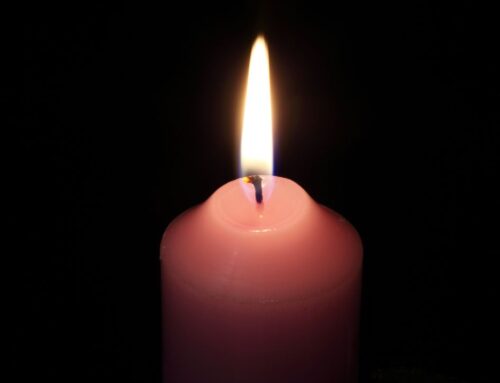 Beltane: Embracing the Joyful Renewal of Spring
Beltane: Embracing the Joyful Renewal of Spring
As the grip of winter loosens and nature awakens with a vibrant display of colors and scents, ancient pagan traditions celebrate the arrival of Beltane. This joyous holiday, also known as May Day, marks the transition from spring to summer and embraces the vitality and fertility of the season. Join us as we explore the origins, customs, and significance of Beltane, a time of sacred fires, joyful celebrations, and the renewal of life.
Origins and Symbolism
Beltane finds its roots in Celtic mythology and has been celebrated for centuries. Derived from the Gaelic word “Bealtaine,” meaning “bright fire,” it symbolizes the return of the sun’s warmth and the blossoming of life. Ancient pagans believed that on Beltane, the veil between the earthly and spiritual realms thinned, opening doors for divine intervention and mystical encounters. The holiday holds deep connections to nature and fertility, celebrating the union of masculine and feminine energies and the awakening of the land’s vitality.
Sacred Fires and Rituals
Central to Beltane celebrations are bonfires that symbolize the returning light and the banishment of winter’s darkness. Communities would gather around these fires, and people would leap over the flames to cleanse themselves and bring good fortune. The ashes from the Beltane fires were considered sacred and protective, often used to bless fields and livestock.
Maypole dances are another prominent feature of Beltane festivities. A tall pole, adorned with colorful ribbons and flowers, represents the phallic masculine energy, while the ribbons symbolize the feminine energy. Dancing around the maypole, participants weave the ribbons together, celebrating the harmony and unity of masculine and feminine forces.
Fertility and Nature’s Blessings
Beltane embraces the fertility of the earth and all aspects of life. Fields were blessed, and animals were driven between bonfires for purification and abundant reproduction. Couples would leap over bonfires, symbolizing their commitment and desire for fertility. Beltane also honors the goddess of spring and fertility, such as the Celtic goddess Brigid or the Germanic goddess Freya.
Celebrations and Modern Observances
In modern times, Beltane is celebrated by many pagans, Wiccans, and those drawn to Earth-centered spirituality. Festivals and gatherings take place, often in natural settings, where people rejoice in the beauty of the season, engage in rituals, dance, sing, and create art. It is a time of community, connection, and embracing the vibrant energies of spring.
Conclusion
Beltane, a pagan holiday with ancient roots, invites us to embrace the joyous renewal of spring. By honoring nature’s cycles, fertility, and the union of masculine and feminine energies, Beltane reminds us of our deep connection to the earth and the importance of celebrating life’s abundance. Whether through bonfires, maypole dances, or communal gatherings, this sacred holiday offers an opportunity to rejuvenate our spirits and reconnect with the vibrant energy of the natural world.




